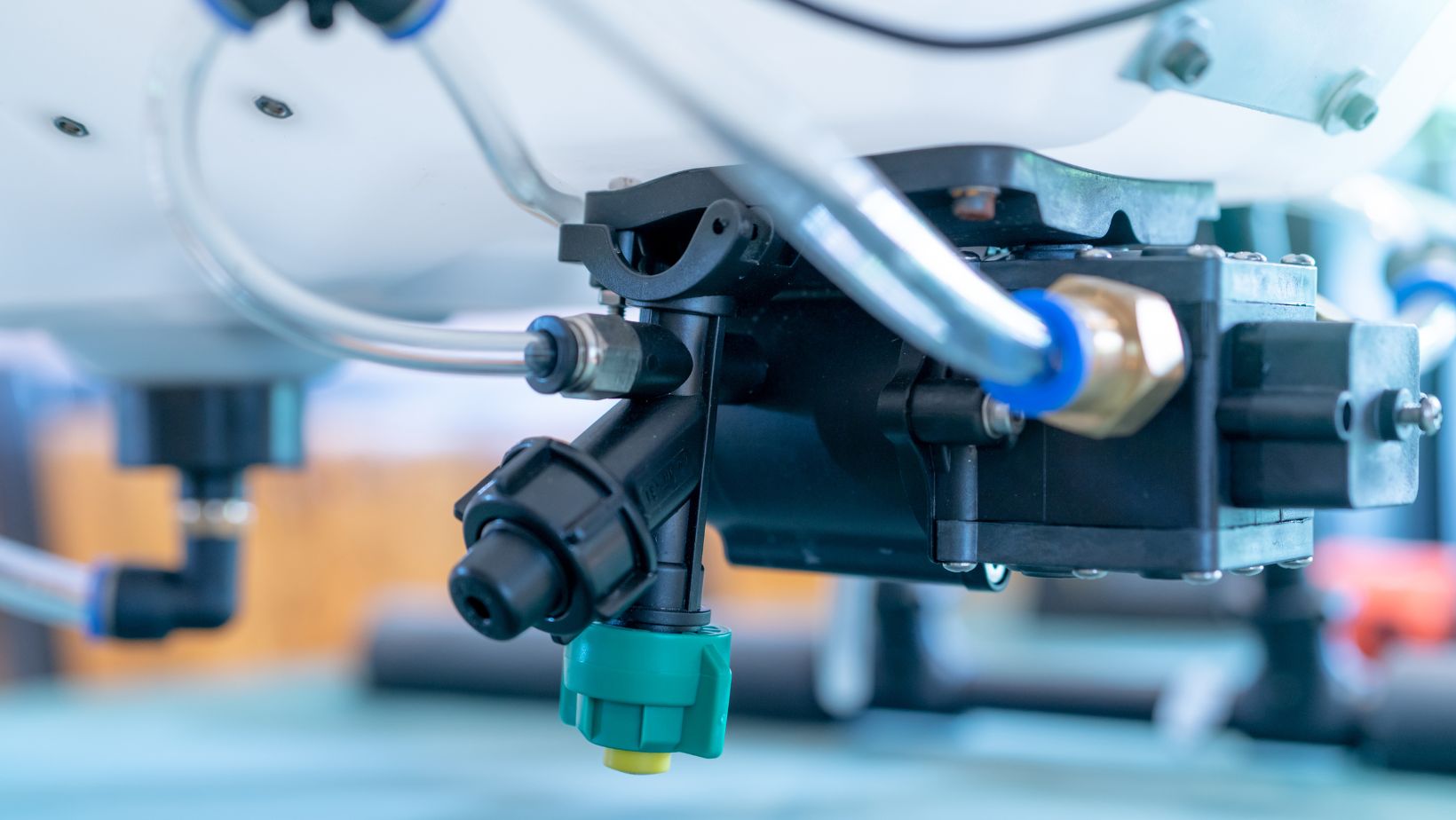
Plenty of companies still rely on systems built long ago. They work. Or at least, they run. So nothing changes. But every day those systems are in place, something else slows down — an update, a workflow, maybe a conversation that ends with, “We can’t do that here.” This shows up clearly in areas like sportsbook api integration, where fast, flexible communication between systems isn’t just a bonus — it’s the baseline. When old infrastructure can’t support it, companies lose time and reliability, even if everything looks functional from the outside.
Why Legacy Systems Stick Around
There’s always a reason not to change. Teams get used to what’s familiar. Budgets stay focused on visible outputs. And leadership rarely feels the pain directly — until customers do.
That said, there are real reasons why systems don’t get updated:
- Fear of disrupting what already works
- Complex dependencies across departments
- Assumptions that modernization is “too big” to start
- Underestimating the long-term costs of waiting
- Lack of dedicated time or ownership for tech decisions
What Happens When You Keep Patching
Using outdated systems is like building a house on cracked concrete. You can repaint. You can rearrange furniture. But eventually, the floor shifts. And everything gets harder.  Here’s what companies often experience:
Here’s what companies often experience:
- More time spent fixing than building
- Delays in deploying even simple changes
- Integration headaches with partners or new tools
- Rising costs to maintain unsupported components
- Burnout among developers and IT teams who keep plugging leaks
Each of these alone may seem manageable. Together, they create inertia — and businesses stuck in place.
Not Everything Needs to Change at Once
Modernizing a tech stack doesn’t mean burning it down. It means knowing what hurts performance most — and dealing with that first. Gradual change is more sustainable. It gives teams room to adjust, test, and move forward without unnecessary pressure.
Good starting points often include:
- Systems that frequently break or slow others down
- Areas with repeated manual tasks that could be automated
- Painful integrations, especially those holding back growth
- Infrastructure that limits product development timelines
It’s less about chasing trends and more about clearing the roadblocks in your way.
The Other Cost: Talent
One cost that rarely shows up on spreadsheets is the human one. Talented developers, designers, and product teams don’t want to wrestle with old tech every day. They want to build — not patch, not explain workarounds, not spend their time navigating around technical debt.
Outdated stacks also make hiring harder. Candidates notice when a company runs on tools from another era. It sends a message: “We don’t move fast here.” That perception alone is enough to lose top people — before they even apply.  Modern systems aren’t just more efficient. They help retain momentum, morale, and ambition. Teams that feel empowered by their tools push harder, think bigger, and stay longer.
Modern systems aren’t just more efficient. They help retain momentum, morale, and ambition. Teams that feel empowered by their tools push harder, think bigger, and stay longer.
Moving Forward with More Confidence
Companies that update their systems don’t just move faster — they think better. They notice friction earlier. They respond to market shifts instead of reacting late. And they create better environments for people who want to build, not babysit tools. It’s not always easy. But waiting doesn’t make it easier. The longer a legacy system stays, the more tangled it becomes.
Final Note
What’s invisible today becomes obvious tomorrow — when a competitor pulls ahead or a client walks away. Outdated tech doesn’t announce itself loudly. It just quietly slows everything down. And in 2025, that’s a cost no serious company can afford to ignore.









